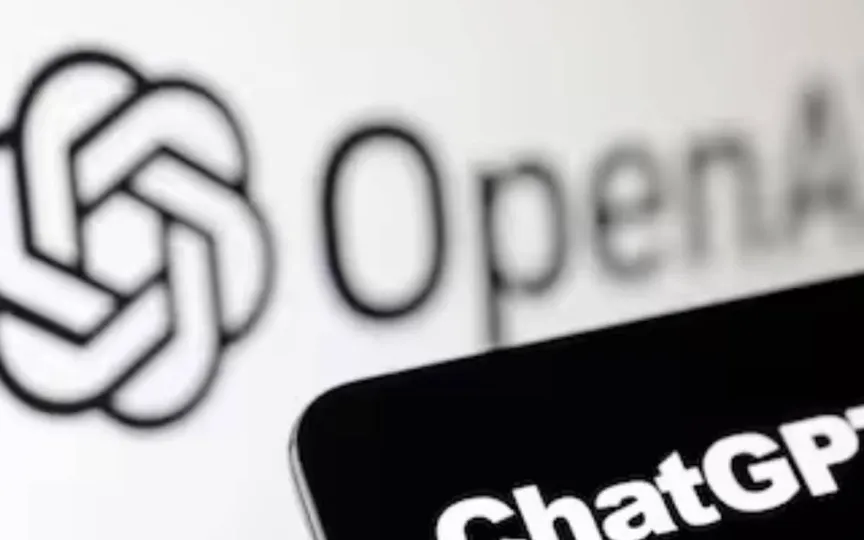Educators Get Guide For Utilizing Generative AI To Instruct Learners From ChatGPT Creator
Microsoft-owned OpenAI has released a new guide for educators using its AI chatbot ChatGPT to help educators effectively incorporate the generative AI tool into their students’ learning.
The recently released guide suggested prompts, explained how ChatGPT works and its limitations, the effectiveness of AI sensors, and a discussion of biases.
“We are releasing a guide for teachers using ChatGPT in their classroom – including suggested prompts, an explanation of how ChatGPT works and its limitations, the effectiveness and bias of AI sensors,” OpenAI said in a blog post.
In its announcement blog, the company shared examples of how professors and teachers are already using chatbots in their teaching.
ChatGPT has already proven to be a useful tool for teachers to create quizzes, tests, lesson plans and even role-play challenging conversations.
At the American International School in Chennai, India, Geetha Venugopal compares teaching students about artificial intelligence tools and teaching them how to use the internet responsibly.
“He advises students in his classroom to remember that answers provided by ChatGPT may not always be credible and accurate, and to think critically about whether they should trust the answer and then confirm the information through other primary resources,” OpenAI. mentioned in the message.
The goal is to help them “understand the importance of constantly working on original critical thinking, problem solving, and creativity.”
Meanwhile, OpenAI has released an enterprise-focused version of the company’s AI-based chatbot, ChatGPT Enterprise, which offers enterprise-grade security and privacy, unlimited faster GPT-4 access, longer context windows for processing longer inputs, advanced data analysis capabilities, customization options, and more.
According to the company, ChatGPT Enterprise is SOC 2 compliant and all conversations are encrypted in transit and at rest.




